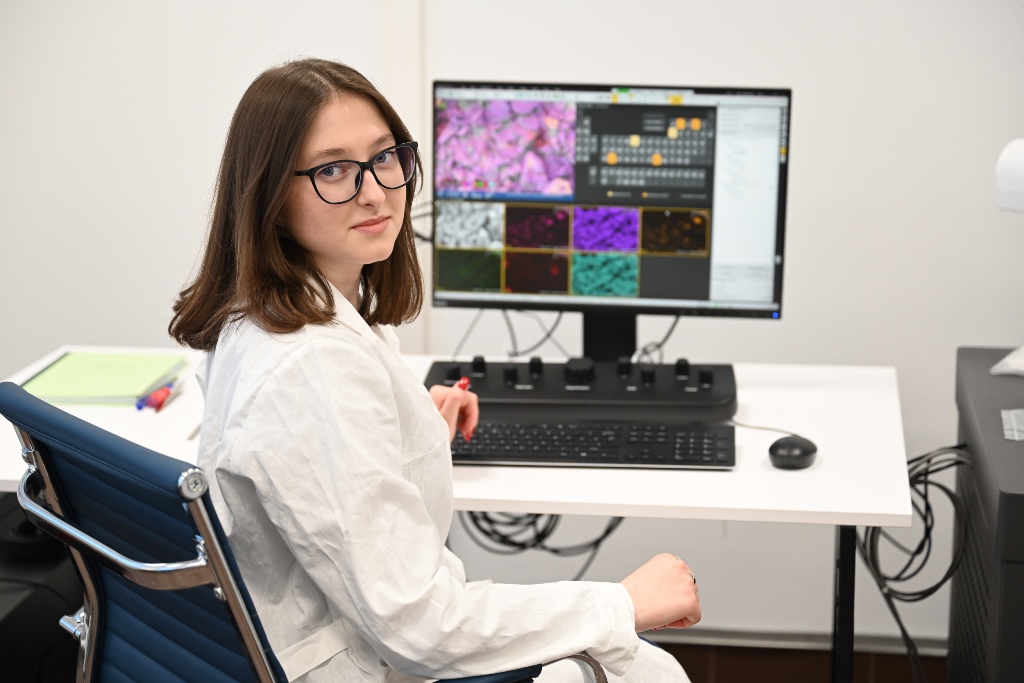Medical alloy implants are the main tool of bone grafting. There is a risk of rejection due to corrosion even in cases of successful implant retention. TSU materials scientists are testing new methods of electrochemical analysis and researching samples at A.N. Frumkin Institute of Physical Chemistry and Electrochemistry of Russian Academy of Sciences.
“Complex research is necessary to improve implants and provide new properties for them," explains Arina Shishelova, a researcher at TSU's Superelastic Biointerfaces Laboratory. Study of corrosion resistance of alloys is essential for optimizing the surface of implants. The human body contains chlorine, which is an aggressive environment for the implant, and it is important to know how implants react to such an environment. Even if it provides excellent mechanical properties, it may degrade from corrosion, and hence the life span will be significantly reduced.”

“We prepared different types of our titanium nickelide samples to test new methods," says Arina Shishelova. “The study was conducted in Ringer's solution that mimics the biological environment of the body. The experiments will determine which alloy composition provides maximum resistance to the aggressive environment of the human body and whether modification of the implant surface is required, and obtain objective data on the effectiveness of surface protection.”
A combination of methods allows TSU scientists to create implants that provide increased biomechanical compatibility. TSU materials scientists and scientists from Institute of High Current Electronics of the Siberian Branch of the Russian Academy of Sciences have developed a technology for coating titanium nickelide implants with hydroxyapatite and calcium phosphate by plasma-assisted HF atomization of powder targets. The new approach enabled doubling the implant survival time.
With support of the Russian government grant, TSU Laboratory of Superelastic Biointerfaces scientists have developed a unique method that enables adjusting the physical characteristics of the implant with the patient's native tissues. They have also created a classifier of materials and biotissues that assists materials scientists and surgeons.